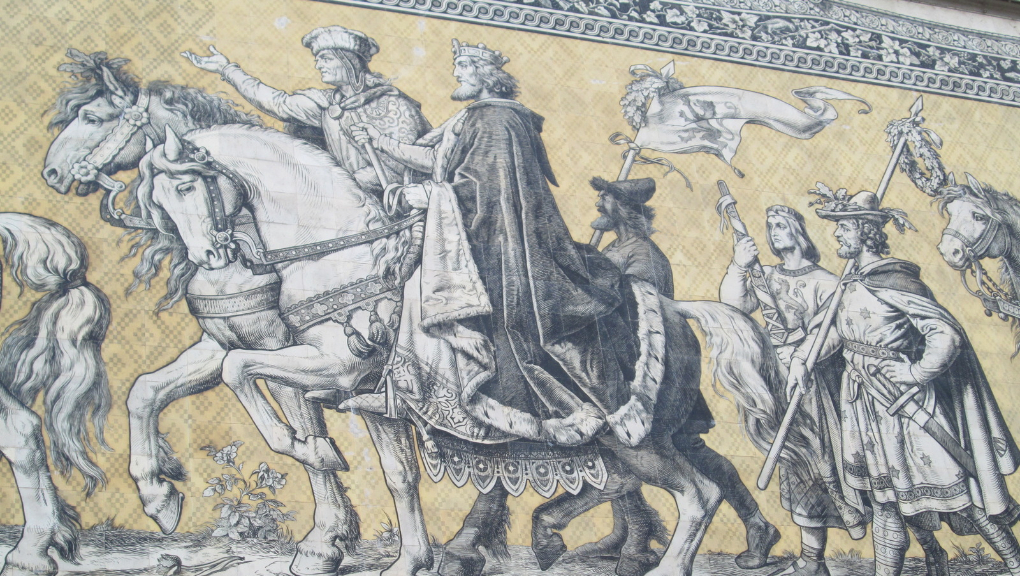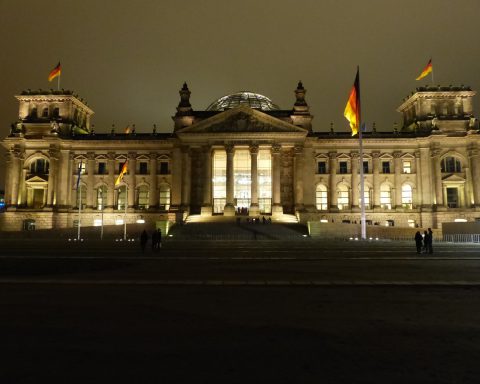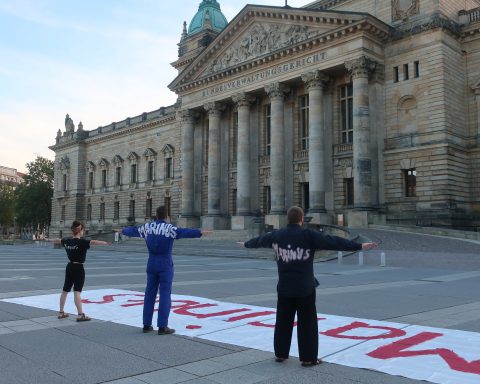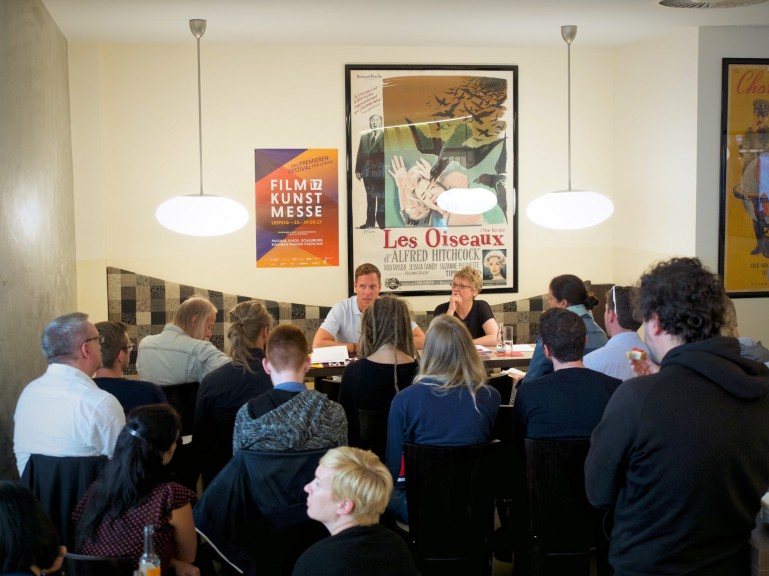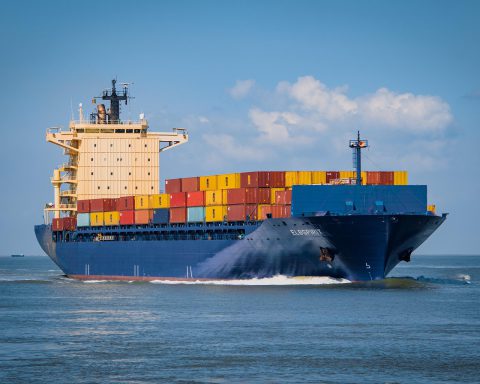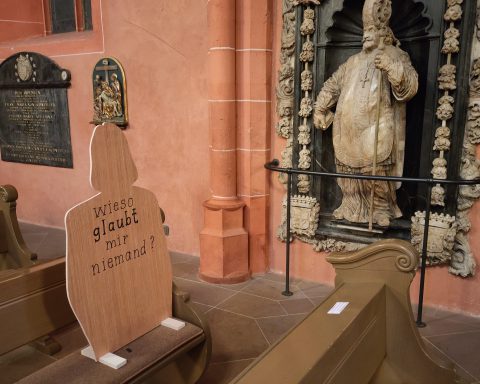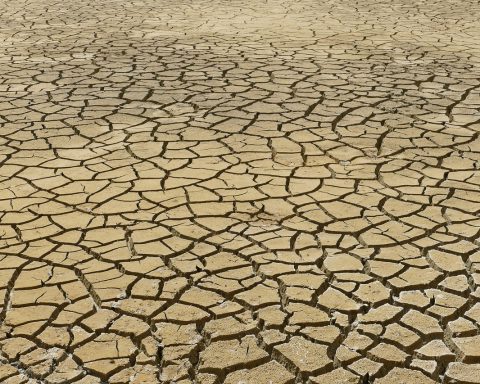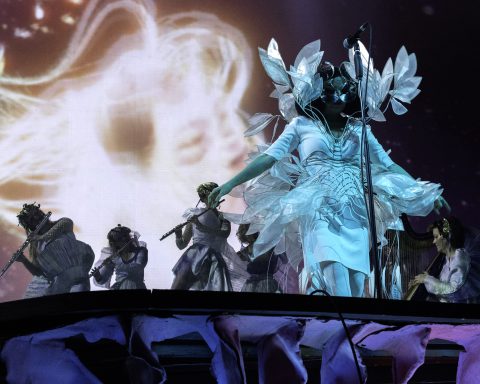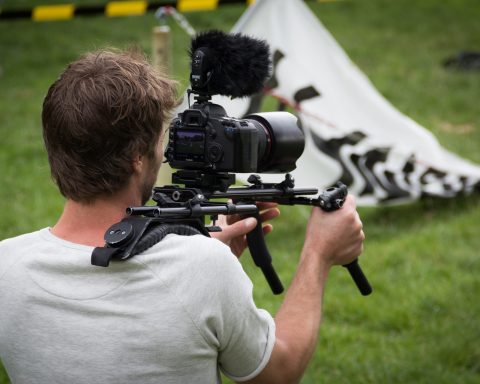“And Billy had seen the greatest massacre in European history, which was the fire-bombing of Dresden.” – Kurt Vonnegut, “Slaughterhouse five”
There are some countries and cities which are a magnet for tourists. Italy is such a country for example. Millions of people flock there in order to take photos of the Colosseum or the Spanish Steps in Rome. They never fail to drop a coin in the Fontana di Trevi, too. In Venice, the Piazza San Marco is literally sinking under the weight of so many one-day visitors, whereas in Florence, everyone will admire the works of art at the Galleria Uffizi and Palazzo Pitti.
Same in Paris, London, Prague, Vienna, Berlin, as well as in Barcelona, Santorini, New York and elsewhere. There are places that are in fashion for a short time, and others which are eternally “in”.
Some countries are so dangerous that nobody ever goes there. Such is the fate of Mauritania; it seems to me I’ve never heard of anyone visiting it. Slavery still exists in the country.
Nearby there’s a more heartening tale of recovery and eye-catching historical offerings. I’m sure you’ve heard of it.
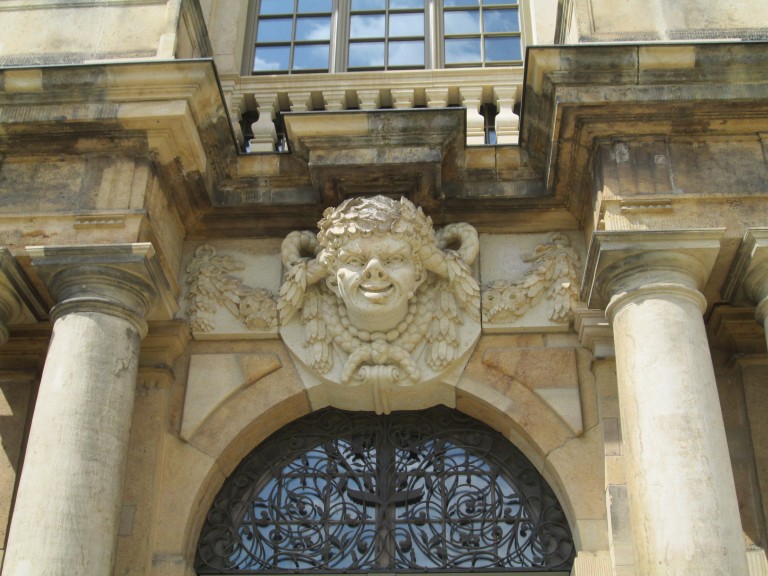
Recently I went “next door” from Leipzig to Dresden, a city destroyed completely with WWII.
The lucky/unlucky inhabitants survived the bombings, then had to face the Stalinist regime, which considered its duty to raise a series of ugly buildings around the ruins of the historic centre. These things were characteristic of the communists’ lack of inspiration. However, some of the people in Dresden, who loved and respected the long history of their city, resisted and managed to at least conserve the pile of ruins where they still stood.
Their secret hope was that someday they or their children would rebuild the most important monuments. Their dream came true after the fall of the Berlin Wall.
The city’s trademark is the baroque church Frauenkirche. But there are more things to see in Dresden. And those who kept their dream alive are trying to restore more buildings today. You see, out of some whim of fate, the architectural plans were miraculously discovered.
That’s why tourists from all over the world are coming massively to admire this city on the river Elbe, whose inhabitants resisted in any way they could the blows of history.
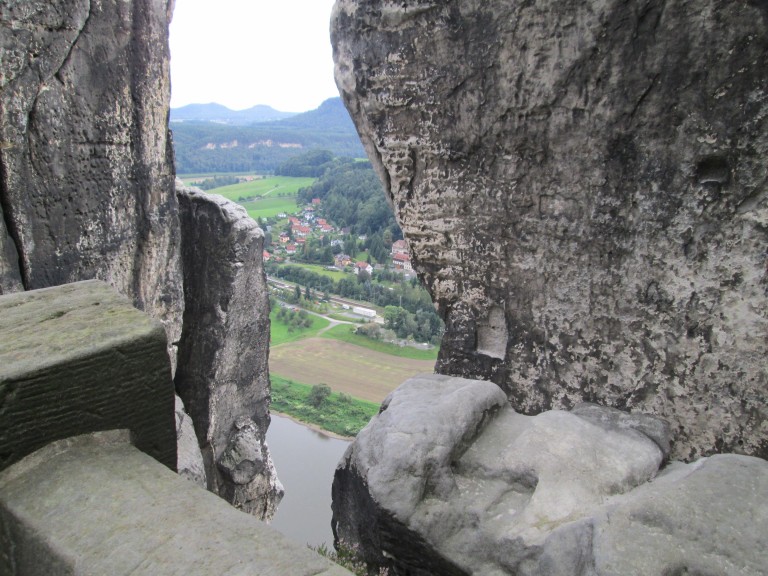
As I was reading one of my favourite authors, Fyodor Dostoyevsky, Dresden popped up again out of nowhere, in fact in the middle of a political discussion in his book Demons. Addressing someone at a gathering of Russian revolutionaries, one of the protagonists, Verhovensky, says:
“Emigration is a good idea. But all the same, if in spite of all the obvious disadvantages you foresee, more and more come forward every day ready to fight for the common cause, it will be able to do without you. It’s a new religion, my good friend, coming to take the place of the old one. That’s why so many fighters come forward, and it’s a big movement. You’d better emigrate! And, you know, I should advise Dresden, not ‘the calm islands’. To begin with, it’s a town that has never been visited by an epidemic, and as you are a man of culture, no doubt you are afraid of death. Another thing, it’s near the Russian frontier, so you can more easily receive your income from your beloved Fatherland. Thirdly, it contains what are called treasures of art, and you are a man of aesthetic tastes, formerly a teacher of literature, I believe. And, finally, it has a miniature Switzerland of its own – to provide you with poetic inspiration, for no doubt you write verse. In fact it’s a treasure in a nutshell!”
So if you haven’t yet, pop over to Dresden and check it out for yourself.

